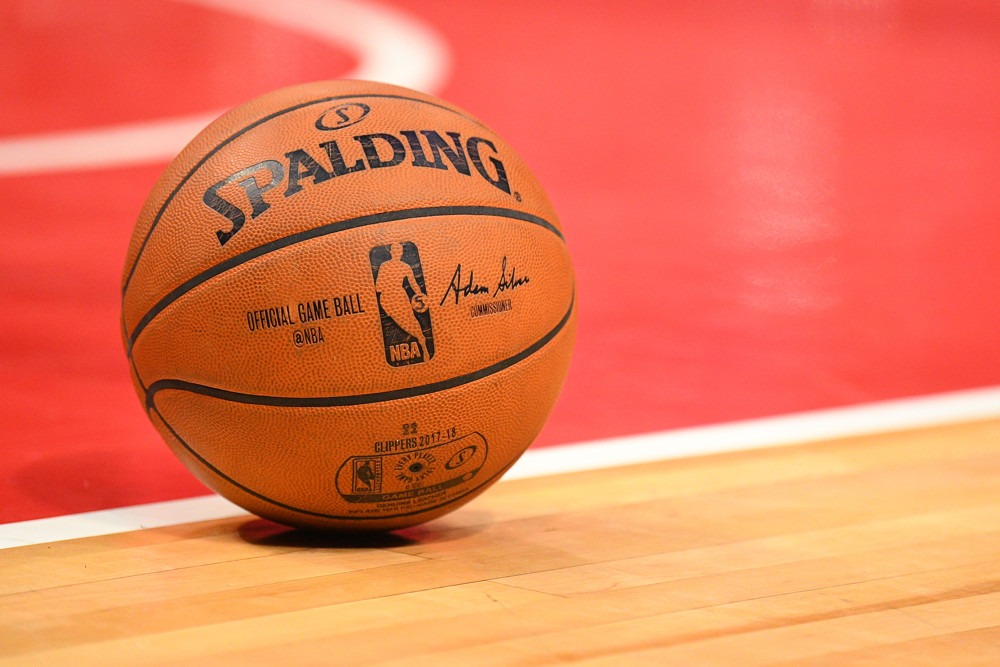
Over the next few weeks, we’re evaluating every SEC player that has a chance of going pro and taking a look at their strengths and weaknesses as the NBA raft approaches.
Next up is Robert Williams, the sophomore big man from Texas A&M that has one of the best physical profiles of any player in the 2018 draft class.
Many pundits were shocked to see him return to school after his freshman season, and with the strength of the class being in in the frontcourt, it was perhaps a mistake for Williams to return to College Station at least from a draft position perspective.
Nonetheless, he had a solid sophomore season, leading Texas A&M to a Sweet 16 appearance alongside NBA hopefuls Tyler Davis and DJ Hogg.
Let’s take a look at Williams’ diagnostic information, strengths, weaknesses, draft team fits, and draft range.
Diagnostic Information
- Name: Robert Williams
- Height: 6’9”
- Weight: 237 lbs.
- Points Per Game: 10.4
- Assists Per Game: 1.4
- Rebounds Per Game: 9.2
- Field-Goal Percentage: 63.2%
- Three-Point Percentage: 0.0%
- Free Throw Percentage: 47.1%
- Points Per 100 Possessions: 22.8
- Assists Per 100 Possessions: 3.2
- Rebounds Per 100 Possessions: 20.3
Strengths
- Rebounding
As evidenced by his 20.3 rebounds per 100 possessions, Williams was quite an effective rebounder at the collegiate level.
He was able to use his frame to create space around the rim in making his rebounding opportunities easier, and his incredible 44-inch vertical allowed him to grab rebounds well above the rim.
The fact that Williams has consistently rebounding at such a high level bodes well for his professional prospects moving forward.
- Athleticism
Perhaps the most intriguing part of Williams’ profile is the aforementioned 44-inch vertical.
For a 6’9” forward that weights nearly 240 pounds, that’s an absolutely ridiculous number that not many big men in the history of the NBA have been able to achieve.
Being able to leap that high to block shots (2.6 per game with the Aggies) and rebound at a high rate will be Williams’ main strength when he reaches the league.
Weaknesses
- Shooting
Simply put, Williams struggles to shoot the ball. He’s limited to a range of about 10-15 feet in any direction, which really limits what he will be able to do in the NBA on the offensive end of the floor.
Sure, he can be effective as a lob finisher and standing in the dunker spot, but if Williams wants to be an elite offensive player at the next level, he’s going to have to develop a consistent jumper to expand his horizons as a player.
- Consistency
The biggest and most glaring part of Williams’ game that alarmed me watching his film is the consistency on both ends of the floor.
Williams has stretches of games where he looks to be the best player on the floor for both teams, but all too often fell victim to laziness while at Texas A&M. That laziness made Williams appear invisible at times, which may be concerning to teams who want him to to be a primary rim protector.
Look for coaches to work with him on that consistency when he gets into the league, and if Williams can be convinced that he’s the best player on the floor, these issues could be quickly remedied.
Team Fits
The mold that Williams fits into is one that teams really would like to get their hands on early in his career to mold him into a high-level rim protector and finisher high above the basket.
Some teams that could use a player in that mold include:
- Los Angeles Clippers
- Oklahoma City Thunder
- Washington Wizards
- Boston Celtics
- Phoenix Suns
Draft Range
Williams is one of the most talented players in the draft simply based on ceiling, but the effort issues that come out on a pretty frequent basis are definitely concerning and could certainly drop his stock heading into the draft.
Still, Williams will be drafted at some point in the teens based on that sky-high ceiling.
Draft Prediction: Top 20
